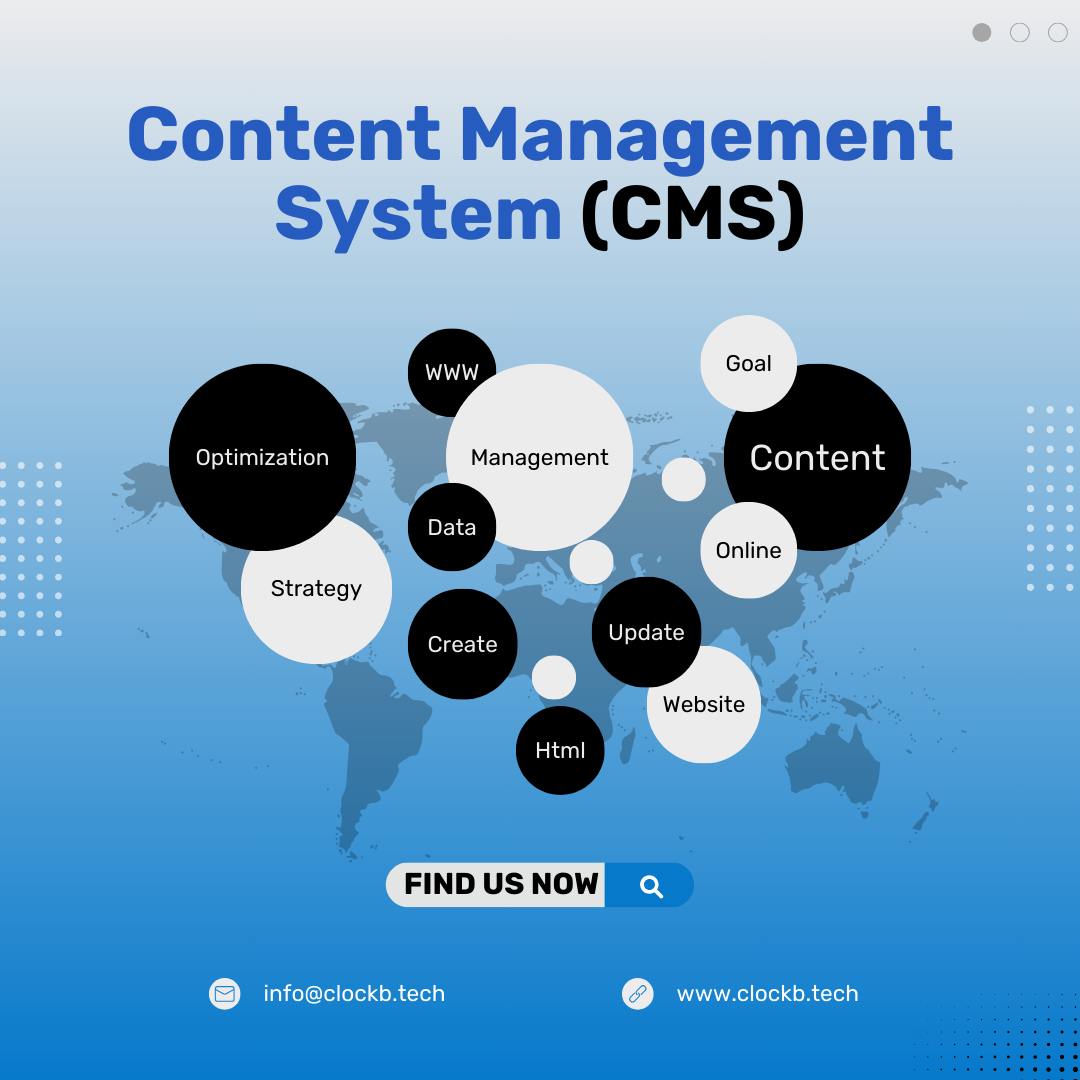In digital environments, A Content Management System (CMS) is like a special computer program that helps people make, organize, and change digital stuff without needing to know a lot about computers. It’s like an easy-to-use tool for making websites and other digital things. CMS platforms make it simple for anyone to create and manage content online without having to learn complicated technical stuff. Let’s explore the complexities of CMS and how they revolutionize content management.
Key Components of a Content Management System
Content Creation
At the heart of every CMS lies a WYSIWYG (What You See Is What You Get) editor, streamlining content creation by allowing users to format and design without needing to understand complex coding.
Content Storage
Utilizing a structured database backend, CMS platforms efficiently store diverse content types, including text, images, and videos, ensuring smooth retrieval and management.
User Management
Advanced user management features enable administrators to define user roles and permissions, ensuring the integrity and security of content.
Content Editing and Modification
Version control mechanisms embedded within CMS platforms streamline collaboration, allowing users to monitor modifications and easily revert to previous versions.
Content Publishing
By empowering users with scheduling and workflow capabilities, CMS platforms simplify the distribution of content, ensuring timely updates and releases.
Templates and Themes
Users can easily customize the appearance and features of their digital assets using a variety of templates and themes without needing to engage in complex coding.
Search and Navigation
Effective search features combined with user-friendly navigation tools ensure quick content exploration, improving user satisfaction and interaction.
SEO and Metadata Management
CMS platforms provide users with robust tools for managing metadata, enhancing visibility on search engines, and improving the discoverability of content.
Advantages of Using a CMS
User-Friendly Interface
CMS platforms place importance on user accessibility, enabling individuals without technical expertise to easily navigate and handle content management tasks.
Efficient Content Collaboration
Structured workflows enable smooth cooperation among various parties, simplifying the process of creating and enhancing content.
Quick Website Deployment
CMS platforms facilitate quick website development, expediting the process and allowing for swift adaptation to changing market demands.
Customization without Coding
Users can personalize their digital assets using intuitive customization features, regardless of their coding skills, to add distinct branding and functionality.
Scalability
CMS platforms effortlessly adjust and expand to handle growing amounts of content and increasing user traffic, guaranteeing top-notch performance and dependability.
Centralized Content Management
With content centralized within a robust database, CMS platforms streamline the management of content, facilitating effective organization and retrieval processes.
Conclusion
In summary, Content Management Systems are like a foundation for today’s digital world. They make it easier for anyone to create and share content online. With CMS, things like organizing content and making websites look better become simpler. It’s important for organizations to pick the CMS that fits them best. By using CMS, you can do amazing things with managing content and coming up with new digital ideas.


